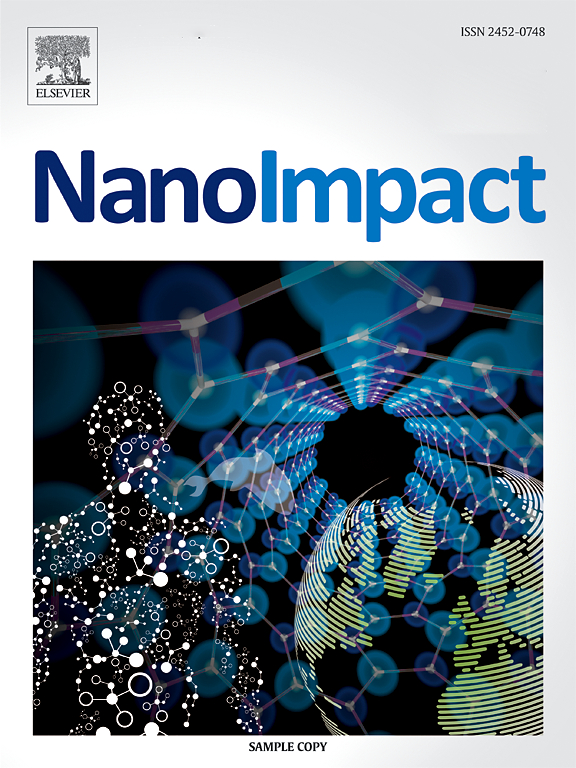利用半定量分析和基于规则的系统筛选工程纳米颗粒在水生系统中的命运和行为的模型。
IF 5.5
3区 环境科学与生态学
Q2 ENVIRONMENTAL SCIENCES
引用次数: 0
摘要
由于工程纳米颗粒(ENPs)不断排放到水生系统中,人们越来越关注其对水生生物可能产生的不利影响。因此,为了保护这些水生生物形式并支持环境污染物质的可持续利用,有必要对其暴露进行表征。目前,尽管报道了大量阐明ENPs暴露和风险的工作,但缺乏具有成本效益和易于使用的暴露表征模型。本研究描述了使用半定量分析(SQA)结合基于规则的系统来评估水生系统中的ENP暴露。通过nZnO, nTiO2和nAg的案例研究和模拟自然系统的理论例子说明了模型的性能。结果表明,我们提出的模型可以作为初步筛选水生系统中ENPs暴露和可能的环境影响的替代方法,具有很高的价值。由于不需要软件或数学计算,SQA应用程序的成本效益相对较低且易于使用。此外,非专家可以很容易地理解层次性质,布尔逻辑和使用决策树的简单规则的视觉表示;这是非常有价值的,因为测试ENPs的每个变体是乏味的,而且成本很高。本文章由计算机程序翻译,如有差异,请以英文原文为准。
A model for screening the fate and behaviour of the engineered nanoparticles in aquatic systems using semi-quantitative analysis and rule-based system
Concerns over the possible adverse effects of engineered nanoparticles (ENPs) on aquatic organisms have grown due to their continuous emission into aquatic systems. Consequently, to safeguard these aquatic life forms and support the sustainable use of ENPs, the characterisation of their exposure is necessary. Currently, despite the great amount of work reported to elucidate the exposure and risks of ENPs, cost-effective and easy-to-use exposure characterisation models are lacking and scarce. This study describes the use of semi-quantitative analysis (SQA) integrated with a rule-based system to evaluate ENP exposure in aquatic systems. The performance of the model was illustrated using case studies of nZnO, nTiO2, and nAg and theoretical examples that simulate natural systems. The results demonstrate that our proposed model can be highly valuable as an alternative approach for the preliminary screening of the exposure and possible environmental impact of ENPs in aquatic systems. The SQA application is relatively cost-effective and easy to use, since no software or mathematical computations are required. In addition, non-experts can easily understand the hierarchical nature, Boolean logic, and visual representations of simple rules using decision trees; which is highly valuable given that testing each variation of ENPs is tedious and associated with high cost.
求助全文
通过发布文献求助,成功后即可免费获取论文全文。
去求助
来源期刊

NanoImpact
Social Sciences-Safety Research
CiteScore
11.00
自引率
6.10%
发文量
69
审稿时长
23 days
期刊介绍:
NanoImpact is a multidisciplinary journal that focuses on nanosafety research and areas related to the impacts of manufactured nanomaterials on human and environmental systems and the behavior of nanomaterials in these systems.
 求助内容:
求助内容: 应助结果提醒方式:
应助结果提醒方式:


